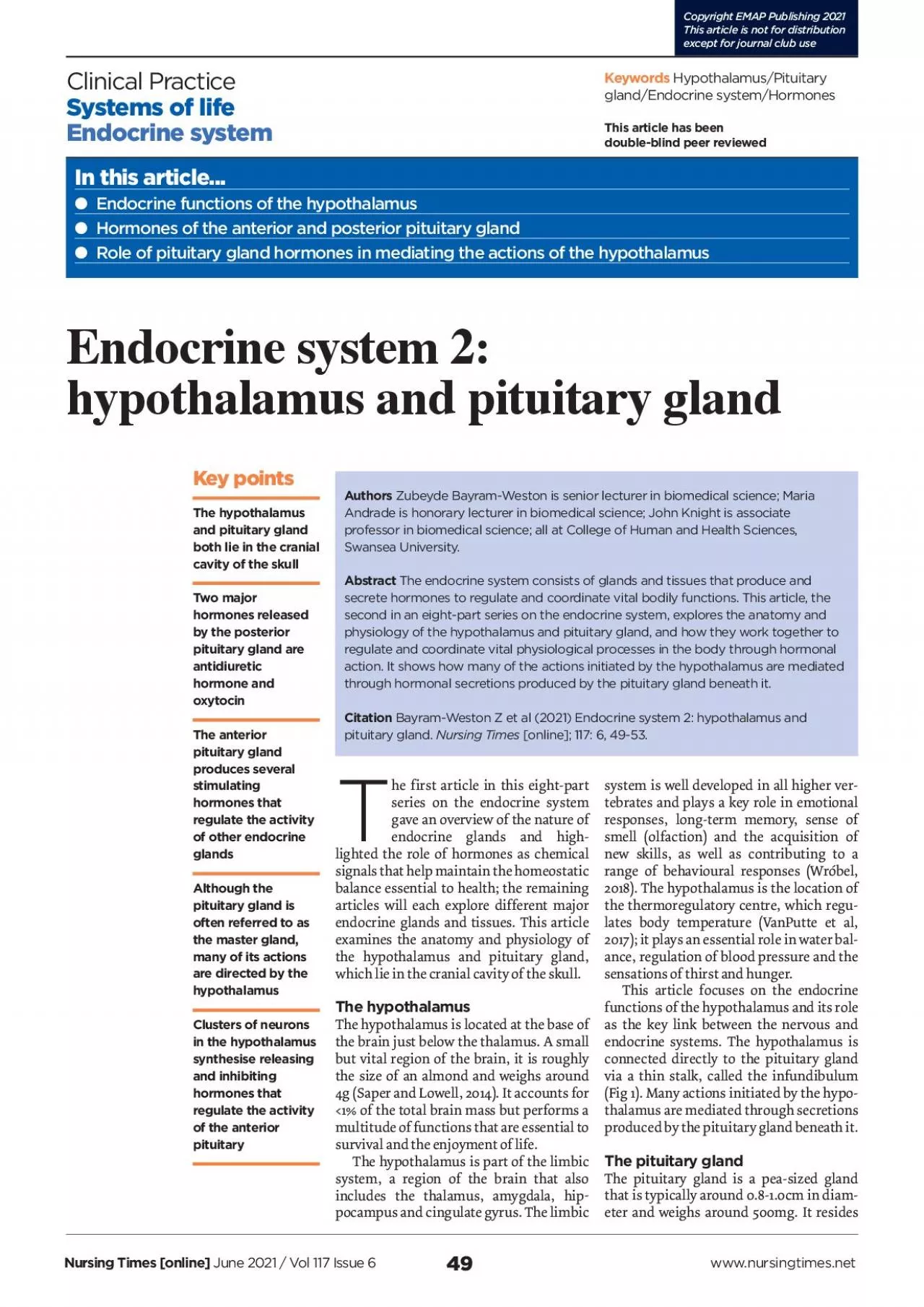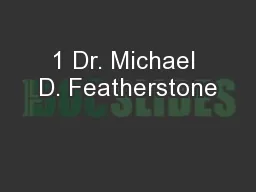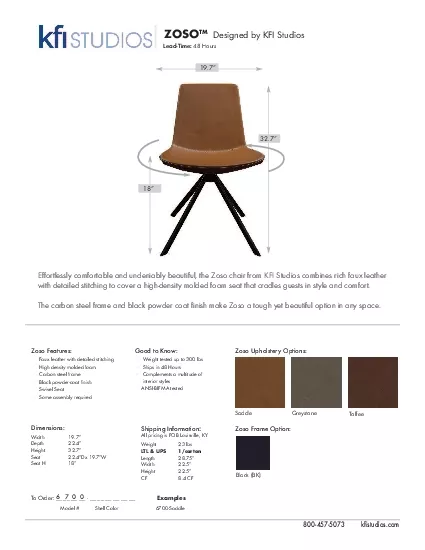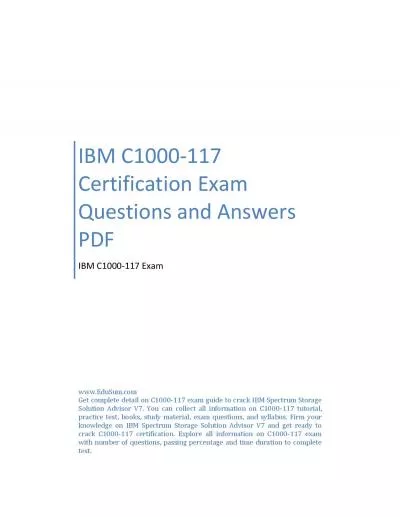PDF-Nursing Times online June 2021 Vol 117 Issue 6wwwnursingtimesneth
Author : victoria | Published Date : 2022-10-27
Key points The hypothalamus and pituitary gland both lie in the cranial cavity of the skullTwo major hormones released by the posterior pituitary gland are antidiuretic
Presentation Embed Code
Download Presentation
Download Presentation The PPT/PDF document "Nursing Times online June 2021 Vol 117 I..." is the property of its rightful owner. Permission is granted to download and print the materials on this website for personal, non-commercial use only, and to display it on your personal computer provided you do not modify the materials and that you retain all copyright notices contained in the materials. By downloading content from our website, you accept the terms of this agreement.
Nursing Times online June 2021 Vol 117 Issue 6wwwnursingtimesneth: Transcript
Download Rules Of Document
"Nursing Times online June 2021 Vol 117 Issue 6wwwnursingtimesneth"The content belongs to its owner. You may download and print it for personal use, without modification, and keep all copyright notices. By downloading, you agree to these terms.
Related Documents














